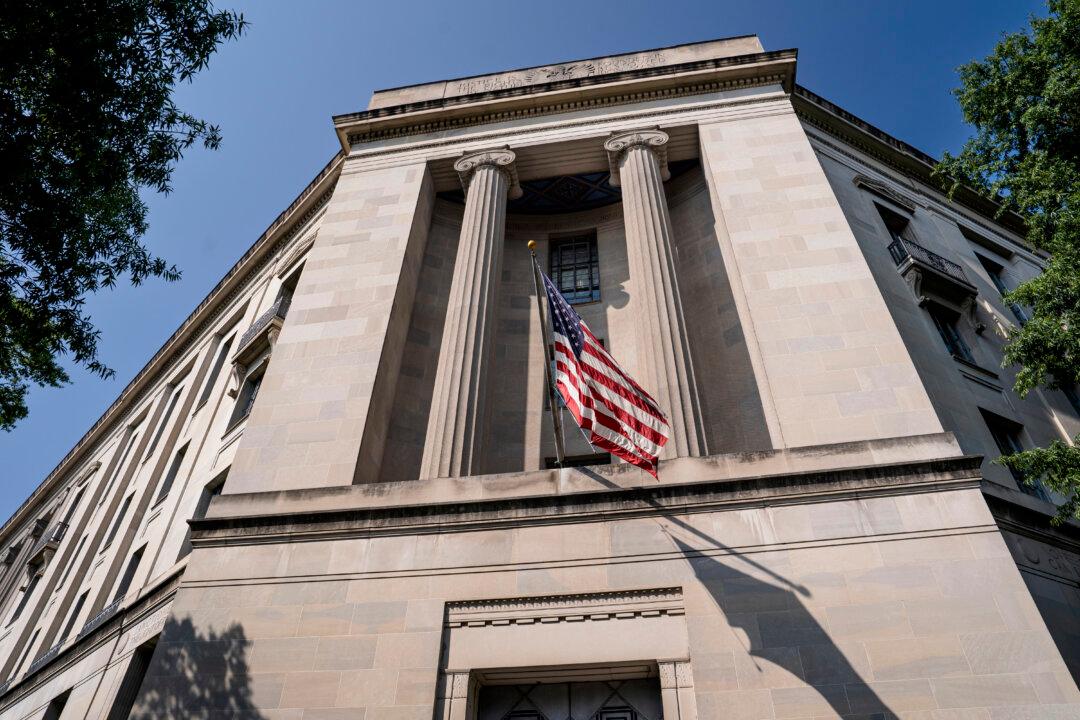Tropical storm Beryl hasn’t lost any strength as it’s gotten closer to Texas, per an updated advisory from the National Hurricane Center (NHC), which put parts of the Texas coast on a tropical storm warning and others on a hurricane watch.
A hurricane watch is in effect for the Texas coast from the mouth of the Rio Grande River northward to San Luis Pass, per the updated advisory.
Beryl, now located 460 miles southeast of Corpus Christi, is expected to start strengthening on Saturday or Sunday, with current maximum sustained winds near 60 mph.
The storm is expected to become a hurricane before it makes landfall along the Texas coast by late Sunday into Monday morning.
In its latest discussion note, NHC warned of likely flash and urban flooding, some of which is expected to be “considerable,” across portions of the Texas Gulf Coast and eastern Texas starting late Sunday through the middle of next week.
Forecasters warned of life-threatening beach conditions through the weekend across much of the Gulf Coast.
“Beachgoers should heed warning flags and the advice of lifeguards and local officials before venturing into the water,” reads the discussion note.
Beryl hit Mexico’s Yucatan Peninsula as a Category 2 hurricane on Friday, before weakening to a tropical storm. Prior to that, Beryl smashed several records, being the earliest ever storm to rapidly intensify, going from an unnamed depression to a Category 4 hurricane in just 48 hours. Beryl is also the first-ever Category 4 in the month of June.
Months ago, forecasters predicted that 2024 was going to be a harsh year for hurricanes. They are now comparing it to record busy 1933 and deadly 2005, which was the year of Katrina, Rita, Wilma, and Dennis.
“This is the type of storm that we expect this year, these outlier things that happen when and where they shouldn’t,” University of Miami’s Brian McNoldy told The Associated Press. “Not only for things to form and intensify and reach higher intensities, but increase the likelihood of rapid intensification.”







